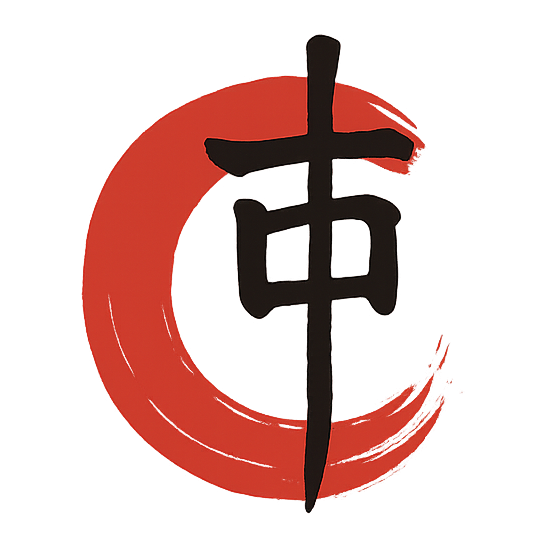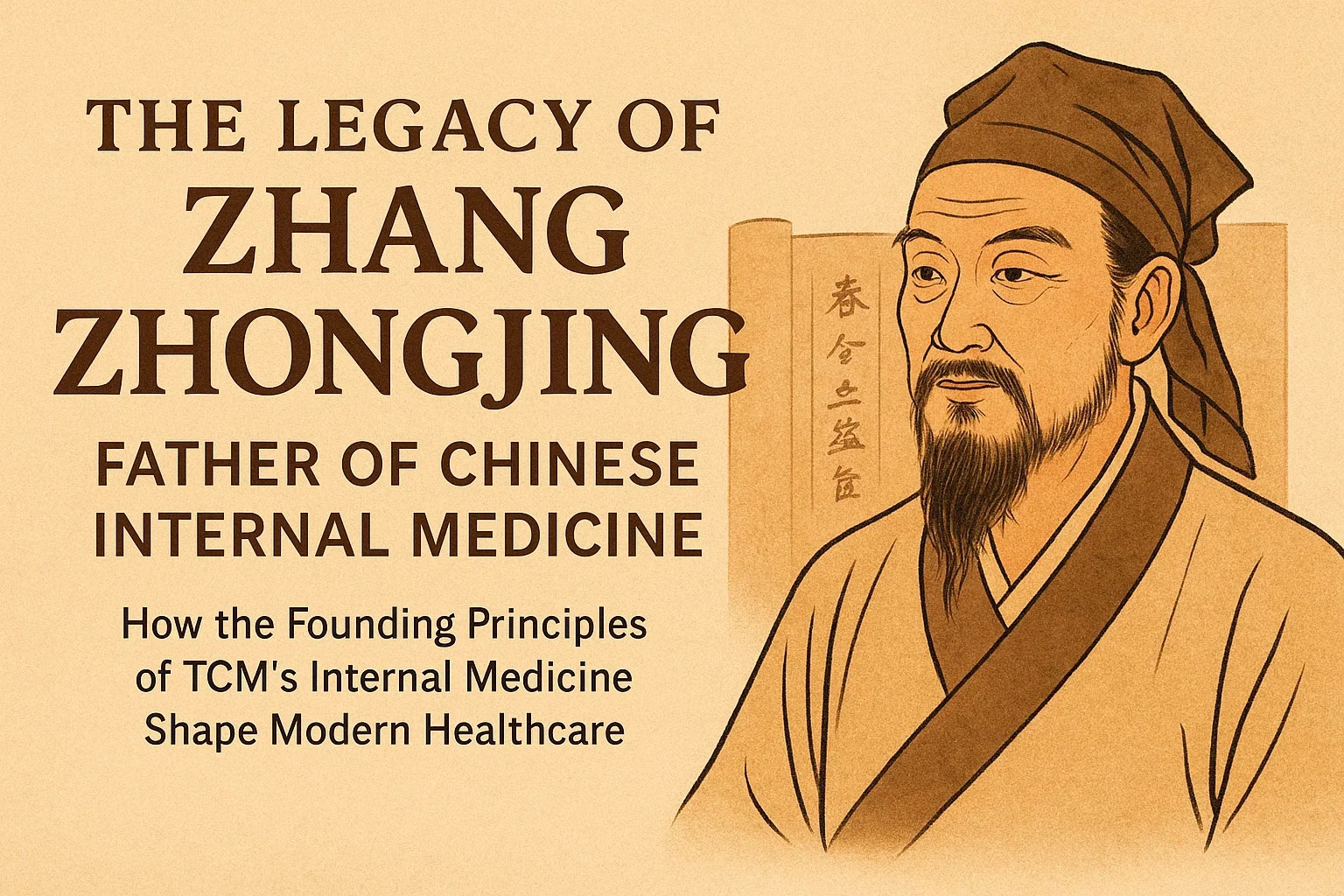Zhang Zhongjing (张仲景), often called the “Father of Chinese Internal Medicine”, is one of the most influential figures in the history of Traditional Chinese Medicine (TCM). His groundbreaking work in diagnosis, treatment principles, and formulation of herbal medicine helped lay the foundations for the practice of internal medicine in China.
His most famous work, the Shang Han Za Bing Lun (Treatise on Cold Damage and Miscellaneous Diseases), has shaped not only Chinese medical theory but also clinical practice for over 1,800 years. In this article, we explore Zhang Zhongjing’s contributions and how his principles continue to guide the practice of TCM today.
🔶 Zhang Zhongjing’s Life and Legacy
Zhang Zhongjing was born in 150 CE during the Eastern Han Dynasty and is best known for his innovative approach to clinical practice, his systematic approach to disease, and his comprehensive texts on the treatment of febrile diseases and miscellaneous ailments.
Although much of his personal life remains shrouded in mystery, Zhang Zhongjing’s contributions to TCM are immeasurable. He is credited with:
- Systematizing disease classifications
- Revolutionizing the approach to herbal formulations
- Establishing diagnostic methods and treatment principles that are still relevant today
🔶 The Shang Han Za Bing Lun (Treatise on Cold Damage and Miscellaneous Diseases)
The Shang Han Za Bing Lun remains one of Zhang Zhongjing’s most influential works. It is a comprehensive text that addresses the diagnosis, treatment, and prevention of diseases caused by external pathogens (such as wind, cold, and heat) and internal imbalances.
The text is divided into two main parts:
- Shang Han Lun (Treatise on Cold Damage): Focuses on external cold pathogens and how they damage the body’s Yin and Yang. It outlines the stages of disease progression and prescribes treatment at each stage.
- Jing Gui Yao Lue (Essentials of the Golden Cabinet): Discusses the treatment of internal diseases and miscellaneous conditions like digestive disorders, mental illnesses, and gynaecological conditions.
Zhang Zhongjing’s brilliance lies in his ability to combine theory with practice, offering clear clinical strategies to balance the body’s internal environment and restore harmony.
🔶 Key Contributions to TCM by Zhang Zhongjing
1. Classification of Diseases
Zhang Zhongjing was one of the first to classify diseases into acute and chronic, exterior and interior, and cold and hot categories. This framework allowed TCM practitioners to approach illness in a systematic and targeted manner, which remains the foundation of modern TCM diagnosis.
2. Emphasis on Disease Stages
Zhang Zhongjing’s approach emphasized treating disease at various stages of progression. He noted:
- Stage 1: The initial attack of a pathogen (external wind, cold, or heat)
- Stage 2: The body’s reaction (fever, chills, sweating)
- Stage 3: The pathogen’s deeper penetration into the body’s interior (organ involvement)
This understanding of disease progression helped TCM practitioners to treat disease more effectively by addressing root causes rather than just symptoms.
3. Innovative Herbal Formulations
Zhang Zhongjing was instrumental in formulating herbal combinations that harmonized the Yin and Yang, promoting Qi flow and Blood circulation. His use of combined herbal remedies laid the foundation for many classic formulas used today, such as:
- Gui Zhi Tang (Cinnamon Twig Decoction) – Treats Wind-Cold invasion
- Xiao Feng San (Eliminate Wind Powder) – Clears Wind-Heat
- Si Ni San (Frigid Extremities Powder) – Regulates Liver Qi and treats emotional stagnation
These formulas are still widely used in clinical practice to address a variety of conditions.
🔶 Zhang Zhongjing’s Influence on Modern TCM
The diagnostic and treatment principles established by Zhang Zhongjing continue to influence modern TCM theory and clinical practice. Key areas of his influence include:
- Pattern Differentiation: The process of diagnosing disease based on symptoms, pulse diagnosis, and tongue appearance, a central tenet of modern TCM.
- Holistic Approach: Emphasizing the interrelationship between the body’s systems and treating the whole body, not just individual symptoms.
- Emotional Well-being: Recognizing the importance of emotional balance and its impact on physical health.
- Preventive Care: Encouraging the use of herbal tonics and lifestyle adjustments to prevent disease before it takes root.
Zhang Zhongjing’s work paved the way for the formalization of internal medicine in TCM, and his methodologies are still taught to medical students around the world.
🔶 Conclusion
Zhang Zhongjing’s legacy as the father of Chinese internal medicine remains deeply ingrained in modern TCM practice. His scientific approach to understanding disease, pioneering use of herbal remedies, and focus on holistic diagnosis have ensured his place as a pivotal figure in Chinese medical history.
Through the principles and methods he laid out, Zhang Zhongjing has provided a lasting framework for healing and health maintenance that continues to benefit millions of people around the world today. His work is a testament to the enduring wisdom of Traditional Chinese Medicine and its ability to adapt to and address the health challenges of modern society.


发表回复